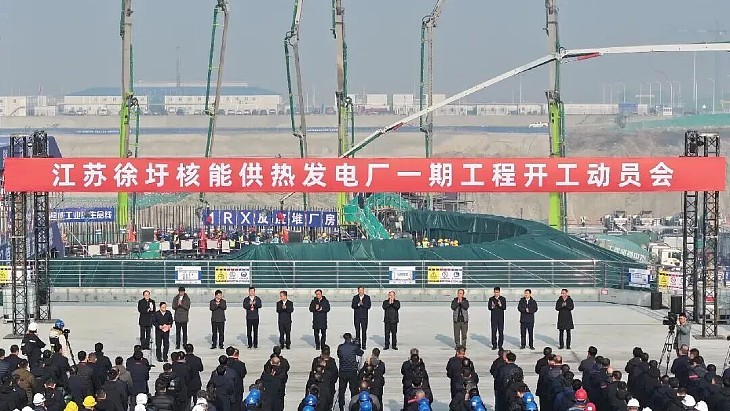The Rolls-Royce SMR Consortium includes Assystem, Atkins, BAM Nuttall, Laing O’Rourke, National Nuclear Laboratory, Rolls-Royce, Jacobs, The Welding Institute and Nuclear AMRC.
Tom Samson, CEO of the Rolls-Royce SMR Consortium, said: "Cavendish Nuclear, and its parent Babcock International Group, have unique capabilities within the UK industry with their world class manufacturing and modularisation capabilities at their facilities at Rosyth as well as their wider nuclear skill set delivering engineering and manufacturing solutions across the new build and decommissioning landscape.
Dominic Kieran, managing director of Cavendish Nuclear, added: "We see the Rolls-Royce SMR programme as a really exciting opportunity for UK technology and the UK supply chain to make a major contribution to achieving net zero both in the UK and internationally."
The Rolls-Royce led-UK SMR Consortium has said it aims to build 16 SMRs, each with a generation capacity of 470 MWe. These could produce around 20% of the country's grid energy by 2050.
In May, Rolls-Royce announced that it aimed to start the UK resgulatory process for its SMR this autumn. The announcement followed the Department for Business, Energy and Industrial Strategy's opening of the Generic Design Assessment to advanced nuclear technologies. The consortium aims to be the first such design to be assessed by UK regulators, in the second half of this year, which will "keep it on track" to complete its first unit in the early 2030s and build up to 10 by 2035.






_45278.jpg)
_28178.jpg)
_66891.jpg)





